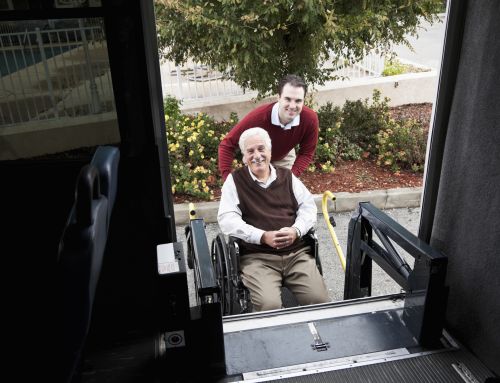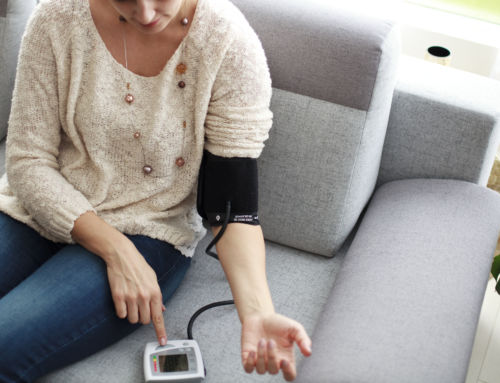January 24, 2013
Jonathan Blum
Deputy Administrator and Director for the Center of Medicare
Centers for Medicare and Medicaid Services Department of Health and Human Services Room 314G
200 Independence Avenue, SW
Washington, DC 20201
Re: Medicaid Advantage Drive Times for ESRD Patients
Dear Mr. Blum:
On behalf of more than 24,000 Dialysis Patient Citizens (DPC) members and over 400,000 end-stage renal disease (ESRD) patients currently on dialysis, thank you for your leadership at the Centers for Medicare and Medicaid Services (CMS). As the nation’s largest patient-led organization representing dialysis patients, DPC’s membership consists of dialysis and pre-dialysis patients and their families. We seek to ensure that the patient’s point of view is heard and considered by policy makers on a wide variety of issues so progress continues in the quality of care and life for all dialysis patients.
We appreciate the opportunity for ongoing feedback with CMS and wish to continue discussion from earlier correspondence, on the issue of travel time to and from dialysis treatments. With the recent elections and new impetus to continue implementation of the Affordable Care Act, now is the time for CMS to lead by example, as states finalize essential health benefit packages and define their individual health exchanges. Currently, the Time and Distance Criteria for Outpatient Dialysis in the Medicare Advantage plan is the most notable standard for travel to dialysis treatments and could be a source referenced during plan development.
It is vitally important to patients’ safety and health outcomes that time and distance criteria are appropriately developed. In-center hemodialysis patients travel for treatment at least three times a week. These patients are often elderly, suffer from multiple chronic conditions and live on a fixed income. Simple human behavior dictates that each additional barrier such as minutes spent in a car or bus, extra transfer on a subway line or dollar spent at the gas pump increases the probability of non-
adherence, which potentially leads to costly hospitalization and death.
Recently, DPC partnered with Ipsos, a global independent market research firm, to administer and compile results of a survey of DPC’s patient membership. Results from the survey showed that on average, respondents live 9.8 miles or 18.8 minutes from their current facility. Also, 95.4% of respondents lived within 30 miles and 89.6% lived within 30 minutes. Complete survey results can be found in the chart below.
DPC Survey Data – Drive Times
| Distance or Time | Miles away from your current dialysis facility | Average minutes to get to your dialysis facility |
| 0-10 | 72.4% | 39.6% |
| 11-20 | 18.2% | 36.7% |
| 21-30 | 4.8% | 13.3% |
| Over 30 | 4.6% | 10.4% |
| Mean Distance or Time | 9.8 Miles | 18.8 minutes |
This data demonstrates that lowering the current criteria from the CY12-13 figures, listed below, is both feasible and prudent. CMS’s willingness to revise the figures from 2012 to 2013 was a promising step in the right direction and one that we applaud. Additional reduction from the current standard has the potential to drastically improve patient quality of life.
Calendar Year 2012-2013 Time and Distance Criteria for Outpatient Dialysis
| Calendar Year | Micro Distance | Time | Rural Distance | Time | CEAC Distance | Time |
| 2012 | 120 | 145 | 120 | 145 | 140 | 165 |
| 2013 | 50 | 65 | 50 | 55 | 90 | 100 |
To further illustrate the impact of travel time on patients, research from Thompson et al. in the August 2012 issue of Kidney International stated there is little difference between living in a metropolitan area compared to living in a rural environment, but there are significant mortality risks associated with actual distance from a clinic.(1) Another research group showed that even after only 15 minutes of travel time, morbidity and mortality rates increased and health-related quality of life and treatment adherence decreased.(2) Data trends continued throughout the study as travel time was increased.
Given that treatments are at least three times weekly, 65 minutes of travel time currently outlined in a micro environment is equal to 6.5 hours of travel a week, 26 hours a month and 312 hours a year. Reducing the maximum travel time to 35 minutes results in (312 hours – 168 hours) 144 hours a year of times savings. Taking the current Federal minimum wage of $7.25 x 144 hours equals over $1000 dollars of time saved, which is a figure that can make or break a dialysis patient.
Due to these figures, we urge CMS to revise the current Time and Distance Criteria to no more than 30 miles or 35 minutes of travel time to outpatient dialysis treatments. We believe that this standard is realistic and will serve as a guide point for states as they implement the requirements of health reform. As a patient education and advocacy group, DPC is proud to share CMS’s commitment to providing high quality care for all dialysis patients. We thank you for the continued opportunity to share our feedback and welcome the chance to work with you on this important issue in the future.
Sincerely,
Hrant Jamgochian, J.D., LL.M.
Executive Director
cc: Cathy Baldwin
Danielle Moon
Kathryn Coleman
Sidney Lindenberg
Deanna Greene
Kimberly August
1. Thompson S, Gill J, Wang X, et al. Higher mortality among remote compared to rural or urban dwelling hemodialysis patients in the United States. Kidney International. 2012;82:352-359. Available at http://www.nature.com/ki/journal/v82/n3/full/ki2012167a.html.
2. Moist LM, Bragg-Gresham JL, Pisoni RL, et al. Travel time to dialysis as a predictor of health-related quality of life, adherence, and mortality: The Dialysis Outcomes and Practice Patterns Study (DOPPS). American Journal of Kidney Disease 2008; 51(4): 641-650. Available at http://www.cmkcn.nhs.uk/attachments/article/99/Port%20et%20al%20%202008%20reprint.pdf.




















